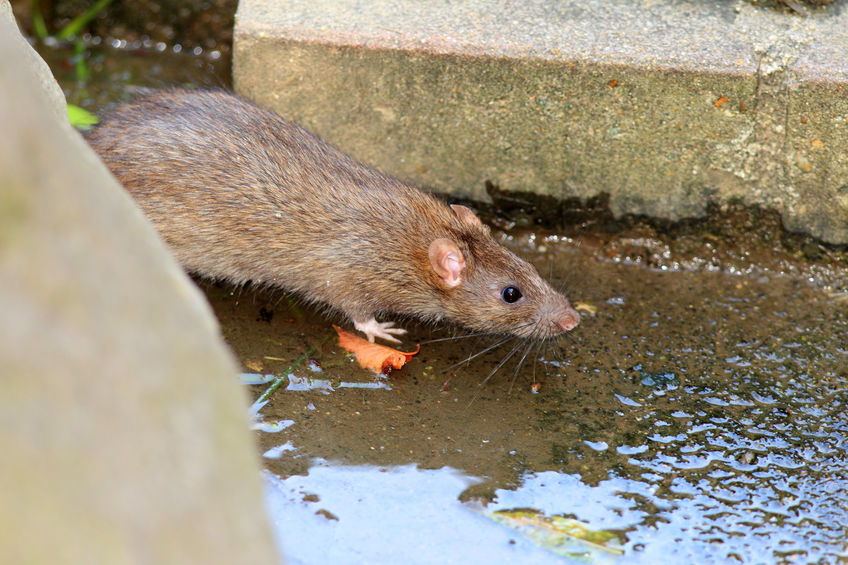The Norway rat has a big impact on the life of many Americans. Not only are they widespread pests, they are also one of the most commonly used research subjects. These rats are closely associated with humans and our environment, a relationship that often has adverse effects. However, despite the prevalence of this species, little is known about its lifestyle and behavior in the wild.
It is expected that 75% of the human population will live in cities, and this will increase our contact and interactions with rats. As such, more effective rat control methods have to be researched, and in order to do this, scientists are looking to gain insight into the individual and social lives of these pests.
Despite their filthy nature, rats have been very useful, and in certain situations, domesticated. Every year, over 20 million lab rats are used around the world for research, and in 2019, there were around 100,000 pet rats in the UK. Rats have been used for research purposes ever since the 1850s and they have been instrumental to many scientific advances.
So given all of this intermingling with humans, it is surprising that so little is actually known about their social interactions in a natural setting. One of the reasons for this phenomenon is the “shy” nature of the rat – it is a nocturnal creature that prefers to live underground. Despite this however, the reigning assumption is that rats are not very prosocial creatures, which is contradictory to their observable behavior in laboratory studies, where rats are highly social and cooperative.
These two views have to be reconciled through further investigation. One of the theories for this divergence is that since rats have been domesticated in the 19th century, specimens with prosocial behavior were chosen for breeding, thus separating them from their natural behavior that can be found in wild rats. Another theory is that rats are highly adaptable to their environment. Wild rats are more aggressive in laboratory settings, and they dominate domesticated rats easily. However, when a domesticated rat is placed in a semi-natural setting, it manages to survive and reproduce, despite the presence of predators. With this trait in mind, researchers may be able to draw accurate conclusions by mixing laboratory and field studies in order to better understand rat behavior for population control purposes. Whatever path the researchers choose, one thing is certain – they will have to move fast. If we are going to see a large increase in human urban population, we will likely see a surge in rat infestations within human settlements, and new control methods have to be established.
Tags: Rat Control, Rodent Control




